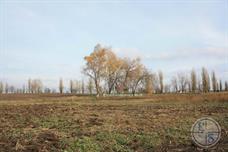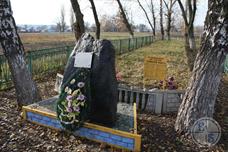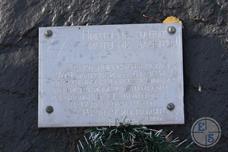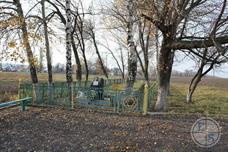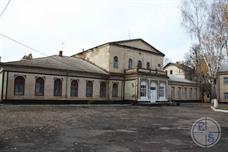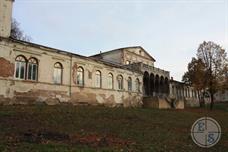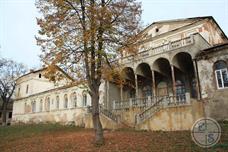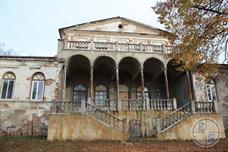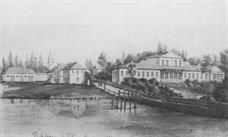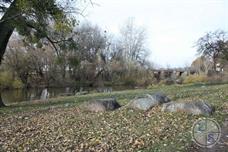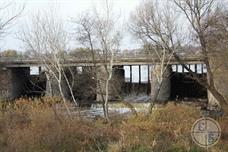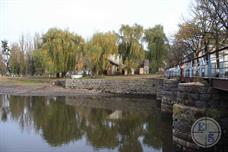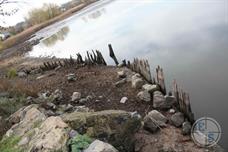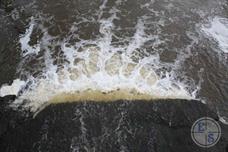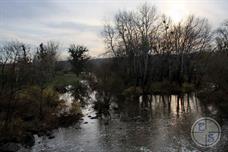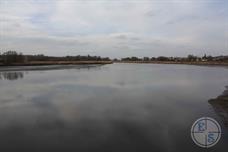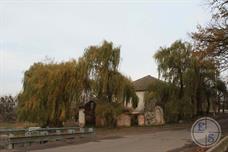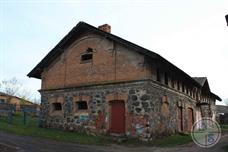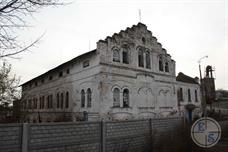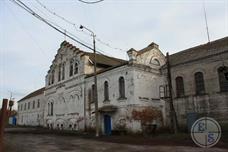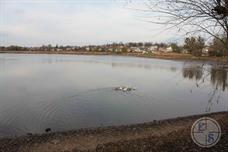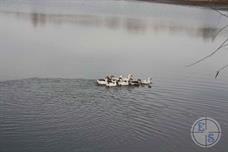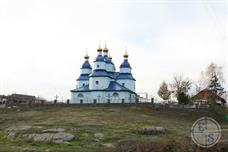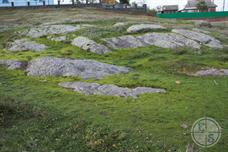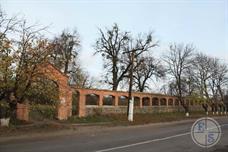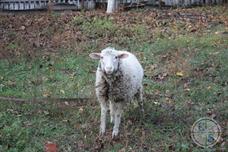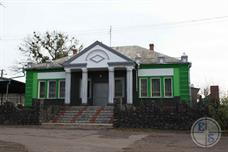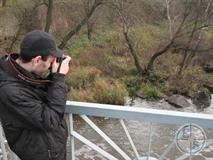Dashev
Dashev, 2012
Jews apparently starting living in Dashev in the 18th century. In mid-century there was a sizable Jewish community, which declined significantly toward the end of the century because of attacks by the Haidamaks.
In 1880 2,911 Jews lived in the town, comprising 51.8 percent of the total population. Most Jews in Dashev were small-scale merchants or artisans.
Dashev's Jews suffered heavily from the calamities of the revolutionary years and the civil war in Russia.
In 1917 and in 1919 two large-scale pogroms in Dashev claimed a score of victims and resulted in damage to Jewish property.
Establishment of Soviet rule led to changes in the occupational structure of Dashev's Jews. Soviet social policy forced Jewish merchants to seek occupations in industry and in the public service. Artisans united in cooperatives. A Jewish kolkhoz was also established near the town. There was a Jewish rural council in Dashev which held its deliberations in Yiddish. From the 1920s to the late 1930s there was a Yiddish school in Dashev.
In 1939 Dashev's 967 Jews comprised 34.1 percent of the total population. After the start of World War II several Jewish families from Poland fled to Dashev.
In 1880 2,911 Jews lived in the town, comprising 51.8 percent of the total population. Most Jews in Dashev were small-scale merchants or artisans.
Dashev's Jews suffered heavily from the calamities of the revolutionary years and the civil war in Russia.
In 1917 and in 1919 two large-scale pogroms in Dashev claimed a score of victims and resulted in damage to Jewish property.
Establishment of Soviet rule led to changes in the occupational structure of Dashev's Jews. Soviet social policy forced Jewish merchants to seek occupations in industry and in the public service. Artisans united in cooperatives. A Jewish kolkhoz was also established near the town. There was a Jewish rural council in Dashev which held its deliberations in Yiddish. From the 1920s to the late 1930s there was a Yiddish school in Dashev.
In 1939 Dashev's 967 Jews comprised 34.1 percent of the total population. After the start of World War II several Jewish families from Poland fled to Dashev.
In Dashev is an interesting architectural monument of the 19th century - Potocki Palace and park. Palace greatly remodeled, the best preserved park facade. Today there boarding school.
There are other historical buildings - the mill on the river Sob and wooden St. Michael church, 1764
Vinnitsa Region
Dashev was occupied by German troops on July 25, 1941. Few Jews succeeded in leaving the town. On October 28, 1941 Einsatzkommando 5 of Einsatzgruppe C and Ukrainian auxiliaries murdered about 800 Dashev and Kitaygorod Jews in Polevoye, a village close to Dashev.
The few Jews who survived this massacre were killed in the course of several murder operations in 1942 near the village of Kupchintsy, several kilometers from Dashev and in Monastyrishche, the center of a county adjoining Dashev County.
The few Jews who survived this massacre were killed in the course of several murder operations in 1942 near the village of Kupchintsy, several kilometers from Dashev and in Monastyrishche, the center of a county adjoining Dashev County.


My shtetl
My shtetl
Jewish towns of Ukraine
Jewish towns of Ukraine
You can leave a comment or add the article
After checking the moderator Your comment will be published
After checking the moderator Your comment will be published



Up

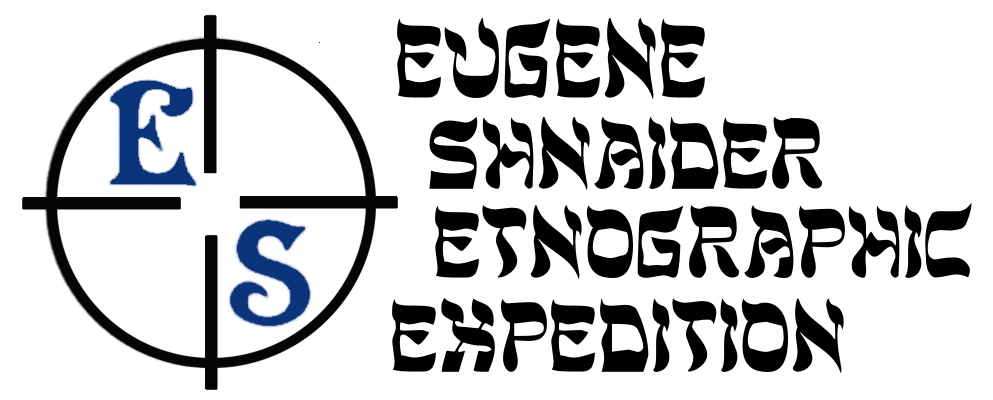
e-mail
password
I would prefer to publish as a guest
